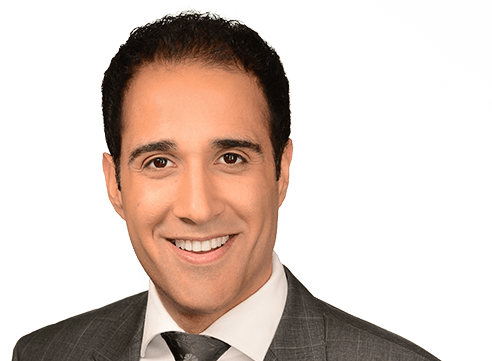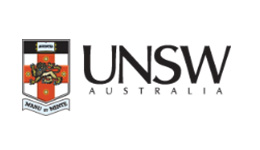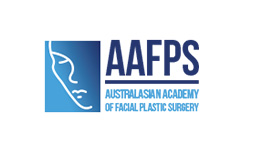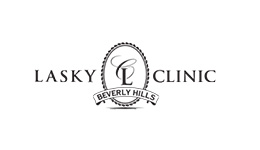Nasal tip surgery
Consultation for Nasal Tip Refinement
During your initial consultation, Dr Choroomi will evaluate your nose and facial frame. Photography and digital imaging will be performed to show what may be possible with nasal tip surgery.
You will have the opportunity to discuss:
- Why you want nasal tip surgery, including expectations and outcomes
- Medical conditions
- Family medical history
- Use of current medications, vitamins, and herbal supplements
- Previous face and nose surgeries
Based on your discussion and his assessment, Dr. Choroomi can determine if nasal tip surgery is right for you. Each patient’s facial and nasal structure is unique, therefor Dr Choroomi customises surgical treatment to match your individual anatomy and goals. Specific questions regarding surgical procedure, recovery risks, and results will be discussed in detail at your consultation to ensure that you are fully informed. During all cosmetic consultations all patients will undergo psychological screening and we may refer you to a psychologist.
Preferred Methods for Nasal Tip Refinement
Nasal Tip surgery can be performed under general anesthesia through either an “open” or “closed” surgical procedure. In the “open” approach, a small incision is made through the columella. The skin and tissues are pulled away from the nose. Dr Choroomi typically prefers this method as it gives a better view and access to the underlying bone and cartilage. A combination of various suturing and grafting techniques may be performed to support the nasal tip.
For minor nasal tip correction, a closed approach may be used. Dr. Choroomi reserves this method for patients needing only the smallest change, as this must be achieved by operating directly through the nostrils.
Recovery after Nasal Tip Surgery
For isolated nasal tip surgery, the recovery is much shorter than a typical rhinoplasty procedure. Following surgery, a cast will be placed on the nose for protection as it starts to heal. After 7 days Dr. Choroomi will remove the cast and any sutures placed during surgery. Patients may return to normal activity and exercise 10 days following nasal tip surgery.
Bruising and swelling are minimal and should subside within a week after your operation. Although you may see immediate results, the shape will continue to heal over the next 12 months- 2 years.
Potential Risks and Complications
Your surgery will be performed safely and with care in order to obtain the best possible results. You have the right to be informed that the surgery may involve risks of unsuccessful results, complications or injury from both known and unforeseen causes. Because individuals vary in their overall health and healing abilities, skin texture, anatomy, circulation and the way they react to medications and anesthesia, there can be no guarantee made as to the results of surgery. Furthermore, there always exists the potential for complications.
The following complications of rhino/nasal surgery have been reported in the medical literature. They are listed here for your information, not to frighten you, but to make you aware and more knowledgeable concerning this surgical procedure. The list below includes most complications that are encountered, but it is not all-inclusive.
If you have any questions regarding the potential complications listed, please discuss them with Dr Choroomi prior to your procedure.
Nasal Bleeding or Hemorrhage
A small amount of blood-tinged drainage is normal after nasal surgery and should decrease gradually. Severe bleeding may require packing or other intervention to control the bleeding.
Edema and Ecchymosis
Swelling and bruising will occur and occasionally can result in persistent dark circles under the eyes. If you have dark bruises under your eyes, avoid exposing the area to sunlight.
Infection
Infection is rare with a 0.8-1.5% reported incidence. You will be given antibiotics during surgery and to take after surgery to prevent infection.
Skin Problems
Excessive dryness, dimpling, redness, pustules, and proliferated of dilated blood vessel are possibilities.
Haematoma
A collection of pooled blood in an area. May require drainage.
Periostitis
Inflammation along sites of bone that were involved in the surgery.
Septal Perforation
A hole in the nasal septum, which is not visible from the outside. A perforation may result in dryness, crusting, nose bleeds, or whistling sounds from the nose. Perforations may be permanent but can often be repaired.
Altered sense of smell
Is usually related to mucosal swelling and is almost always reversible.
Nasal Skin Necrosis
Although exceedingly rare, cases where the blood supply to the nasal skin is compromised might result in loss of skin over segments of the nose. The risk of this increases if you have had previous surgeries or revisions performed as the blood supply has already been altered. In cases of skin necrosis, scarring might ultimately result and further procedures might be indicated.
Nasal Obstruction
Inability to breath well through the nose may be permanent or reversible. This may take longer to resolve in patients with nasal allergies or other pre-existing sinonasal disease.
Injury to Lacrimal Apparatus
This may occur due to the proximity of the surgical site to the nasolacrimal duct and may manifest as excessive tearing or eye irritation. These problems are usually due to surgical swelling and usually improve spontaneously.
Asymmetries Scar and Fibrotic Tissue
Initially the nose may be asymmetrical due to swelling. If asymmetries persist after swelling subsides, a revision or adjustment may be performed after adequate healing.
Pneumothrax
Related to harvesting of rib graft.








